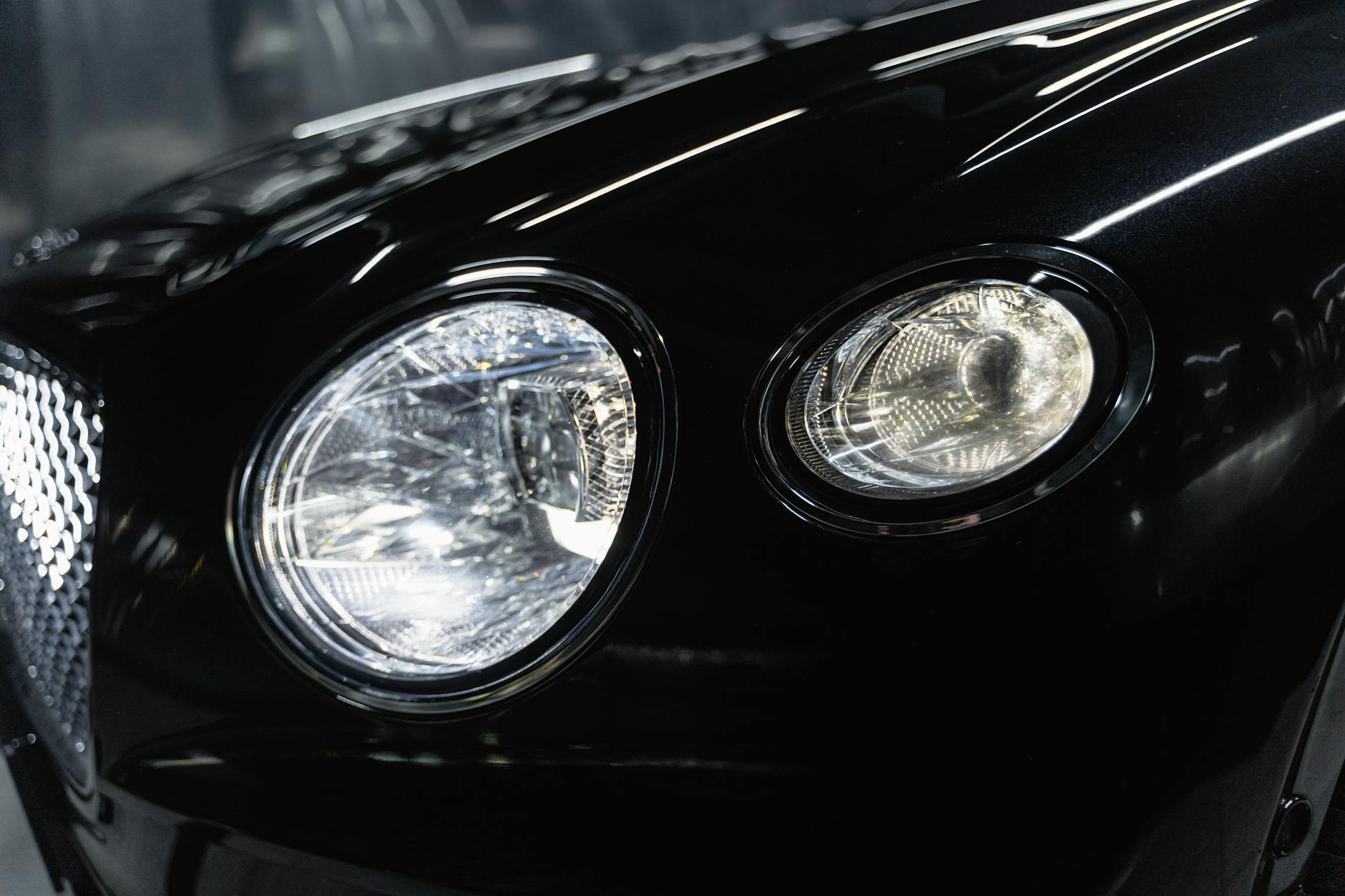Revving Up: Decoding the Logo Lore of Autos!

Automobile emblems are more than just shiny medallions affixed to the grill or rear of a vehicle. These symbols serve as the visual handshake between the machine and the motorist, a badge that conveys allegiance, heritage, and prestige. The tales hidden within these icons are intriguing narratives that intertwine history, culture, and design philosophy. Let's shift gears and steer through the intricate journeys that brought some of the world's most recognizable car logos to the forefront of our roads.
Ferrari and the Prancing Horse
The Ferrari logo, with its bold yellow background and striking black prancing horse, has become synonymous with speed and luxury. However, the story of the horse dates back to World War I. It was originally the personal emblem of legendary Italian fighter pilot Francesco Baracca. Enzo Ferrari met Countess Paolina, Baracca’s mother, after a race in 1923. She suggested he use the horse on his cars for good luck. The yellow background represents Ferrari's hometown of Modena, and the prancing horse continues to symbolize prestige, power, and racing excellence.
The Four Rings of Audi
Audi's emblem of four interlocking rings stands as a testament to the brand's origin story. Each ring represents one of four pioneering car manufacturers (Audi, DKW, Horch, and Wanderer) that merged in 1932 to form Auto Union. This alliance was pivotal in helping the company withstand economic hardship during the time. Today, the seamless interconnectivity of the rings evokes a message of unity, strength, and progress that continues under the Audi banner.
Chevrolet's Iconic Bowtie
The origins of Chevrolet's bowtie logo have sparked much debate among automotive historians. One popular theory suggests that co-founder William C. Durant was inspired by wallpaper in a French hotel. Others argue that it's a stylized version of the Swiss cross, paying homage to the heritage of co-founder Louis Chevrolet. Regardless of its true genesis, the Chevrolet bowtie has been emblematic of the brand's All-American identity since 1913, offering approachability and reliability.
The Evolution of the BMW Roundel
BMW's logo, often misconstrued as a spinning propeller due to its blue and white quadrants, is strongly rooted in the company's home state of Bavaria, Germany. The roundel mirrors the colors of the Bavarian flag but is arranged in inverse order due to trademark laws. Introduced in 1917, the emblem underscores the company's origins in aero-engine manufacturing, although the propeller myth only emerged through a 1929 advertisement that depicted the emblem as a rotating propeller against a blue sky.
Mercedes-Benz's Tri-Star
The Mercedes-Benz logo—a simple, elegant three-pointed star within a circle—embodies the brand's drive for universal motorization "on land, on water, and in the air." Registered as a trademark in 1909, the tri-star signifies Mercedes-Benz’s ambition to create engines not just for cars, but also for boats and aircraft. The surrounding circle was added later to represent the marque’s aspirations for perfection and dominance across modes of transport.
The Story Behind the Spirit of Ecstasy
Rolls-Royce's Spirit of Ecstasy is among the most luxurious imagery in the automotive world, an icon symbolizing the epitome of elegance and craftsmanship. The figure of a woman leaning forward with her arms back and clothes fluttering in the wind was modeled after Eleanor Thornton, who was the secretary and purported lover of motoring enthusiast Lord Montagu of Beaulieu. Sculptor Charles Sykes was commissioned to create a personal mascot for Montagu's Rolls-Royce in 1911, which evolved into the "Spirit of Ecstasy," now adorning every Rolls-Royce grille.
Unpacking Porsche's Crest
The Porsche logo’s design is as complex and detailed as the high-performance vehicles that sport it. The emblem is rooted in the coat of arms of the Free People’s State of Württemberg of former Weimar Germany, and Stuttgart, the city where Porsche is headquartered. Stuttgart was built on the site of a stud farm, hence the horse in the middle of the crest. Surrounding it are antlers and red and black stripes, deriving from the Württemberg coat of arms, encapsulating regional pride and engineering excellence.
Each car emblem carries with it a narrative that adds an extra layer of appreciation for the vehicles we drive and admire. By understanding the history and symbolism vested in these automotive logos, we forge a deeper connection with the artistry and legacy they embody—turning every glance at a hood into a moment of reflection on the past and a vision toward the future of mobility.